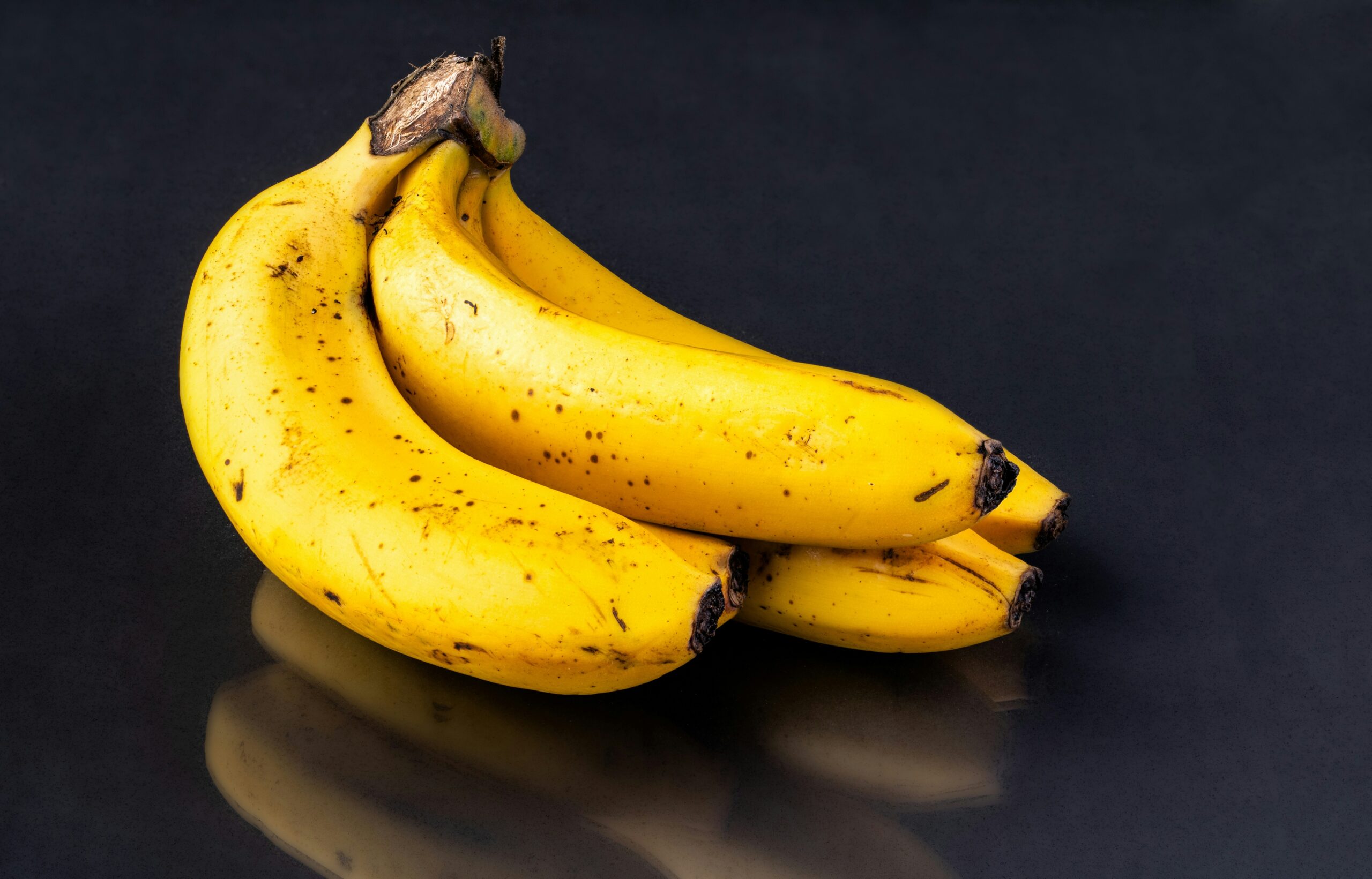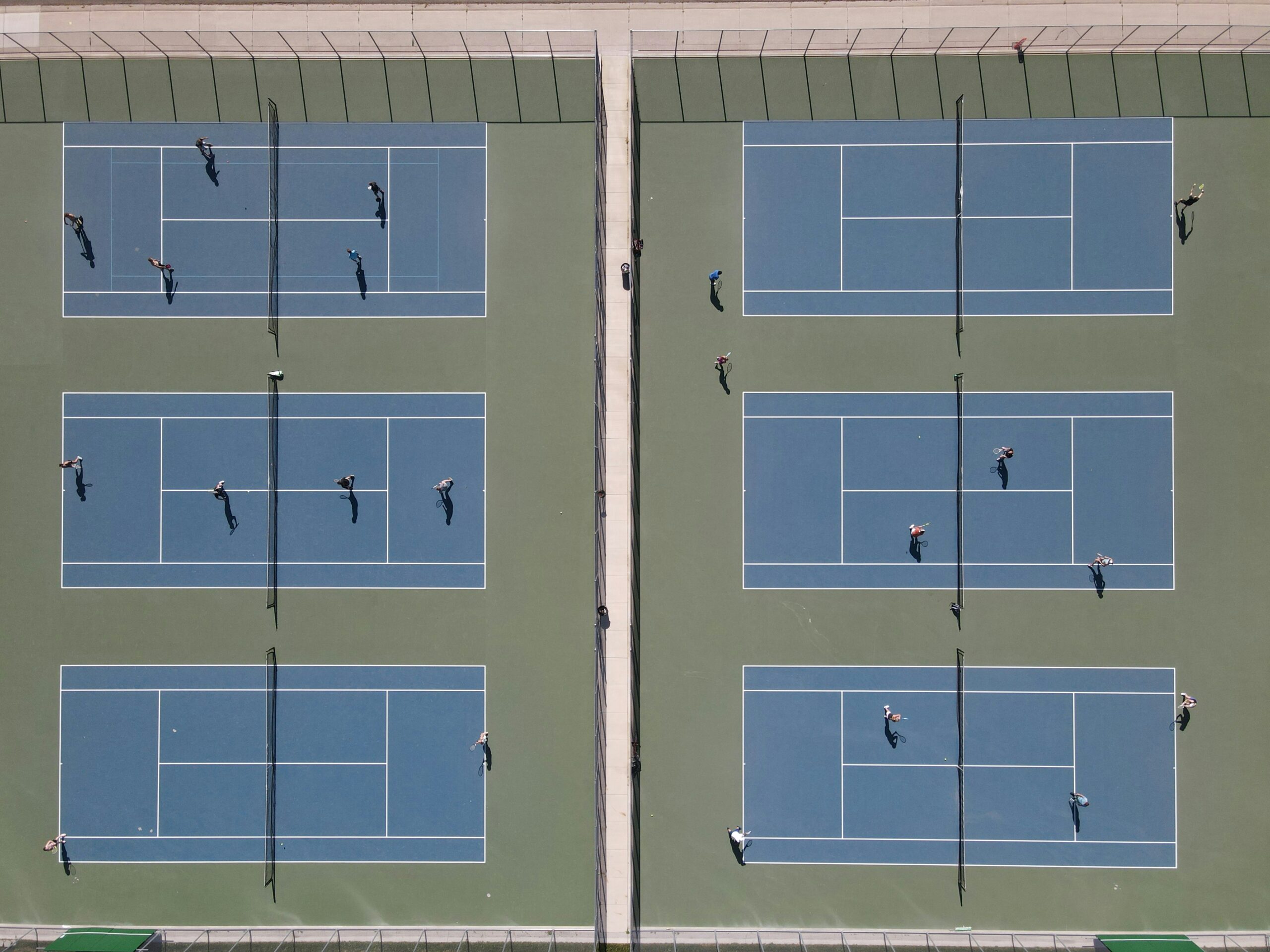Discover the Vibrant World of Borscht: A Dive into Russian Beet Soup Recipes
Hey there! If youve ever wondered whats cooking in Russian kitchens thats both vibrant and delicious, let me introduce you to the wonderful world of borscht. This isnt just any soup; its a colorful, hearty dish thats packed with flavors, history, and a whole lotta beets. Imagine a bowl of deep red goodness that’s as good for the soul as it is for the body. Intrigued? Lets dig in!
What’s Borscht, Anyway?
Borscht (also spelled borsch or bortsch, depending on who you ask) is a traditional soup thats pretty much synonymous with Eastern European cuisine. It’s especially popular in Russia and Ukraine. But this aint your average soup its got beets, which give it that signature red hue, and it’s often packed with a medley of other veggies, meat, and a dollop of sour cream on top. Mouth-watering yet?
The Origin Story: A Soup with History
Lets hop in our time machine for a sec. Borscht has been around for centuries, with roots tracing back to ancient Slavic traditions. Initially, it was made with a wild plant called hogweed. (Yeah, thats not a typo who knew, right?) Over time, beets became the star ingredient, thanks to their availability and nutritional benefits. Fast forward to today, and borscht is a beloved staple in many households, each family adding their own twist to the classic recipe.
Basic Ingredients: What You’ll Need
Before we jump into recipes, lets go over the basics. Heres what you generally need for a traditional borscht:
- Beets (duh!)
- Cabbage
- Carrots
- Potatoes
- Onions
- Garlic
- Tomatoes or tomato paste
- Beef or pork (optional)
- Beef broth or vegetable stock
- Sour cream (for that creamy finish)
- Dill, bay leaves, salt, and pepper for seasoning
- A splash of vinegar or lemon juice
Classic Russian Borscht Recipe
Alright, lets get cooking! Heres a classic Russian borscht recipe that’s sure to bring some warmth to your kitchen:
Ingredients
- 3 medium beets, peeled and grated
- 1 medium onion, finely chopped
- 2 carrots, peeled and grated
- 3 potatoes, peeled and cubed
- 1/2 small cabbage, shredded
- 2 tomatoes, chopped (or 2 tablespoons of tomato paste)
- 1 pound beef, cubed (optional for a heartier soup)
- 8 cups beef broth or vegetable stock
- 2 cloves garlic, minced
- 1 tablespoon vinegar
- Salt and pepper to taste
- Fresh dill, chopped
- Sour cream, for serving
Instructions
- In a large pot, bring the beef broth to a boil. If using meat, add it now and let it cook until tender, about an hour. Skim off any foam that forms on the surface.
- Meanwhile, in a separate pan, saut the onions and garlic until fragrant. Add the beets, carrots, and tomatoes (or tomato paste) and cook until the vegetables are soft, about 10 minutes.
- Add the sauted vegetables to the pot with the broth. Toss in the potatoes and cabbage. Season with salt and pepper. Let it all simmer until the veggies are tender, about 20-30 minutes.
- Add the vinegar, adjust the seasoning if necessary, and give it all a good stir.
- Serve hot with a generous dollop of sour cream and a sprinkle of fresh dill on top.
Variations and Twists
Borscht is as versatile as it gets. Here are a few variations to try:
Ukrainian Borscht
Similar to the Russian version but often includes beans and bacon. Sometimes, a bit of sauerkraut is added for extra tang.
Vegetarian Borscht
Skip the meat and use vegetable stock. You can add more root vegetables like parsnips and turnips for a robust flavor.
Cold Borscht (Borscht Okroshka)
This is a chilled version that’s perfect for hot summer days. Its lighter, often made with kefir or yogurt instead of broth.
Tips and Tricks for the Best Borscht
Wanna make your borscht even better? Here are some tips:
- Roast your beets: Roasting brings out their natural sweetness and adds depth to the soup.
- Balance the flavors: Borscht should have a perfect balance of sweet, sour, and savory. Adjust vinegar and sugar to taste.
- Let it sit: Borscht often tastes better the next day after the flavors have had time to meld together.
- Go heavy on the dill: Fresh dill really brings out the flavors. Dont be shy with it!
A Personal Take: My First Encounter with Borscht
Let me take you back to my first encounter with borscht. Picture this: a cozy kitchen in a small Russian village, a pot bubbling away on the stove, and the inviting aroma of beets and dill wafting through the air. I was skeptical at first a bright red soup? But one spoonful, and I was hooked. The earthy sweetness of the beets, the tangy kick from the vinegar, and that creamy dollop of sour cream it was love at first bite!
Health Benefits: More Than Just a Pretty Color
Borscht isn’t just tasty; it’s packed with nutrients:
- Beets: Rich in fiber, vitamins, and minerals. Theyre great for lowering blood pressure and improving digestion.
- Cabbage: High in vitamin C and K, its also known for its anti-inflammatory properties.
- Carrots: Loaded with beta-carotene, which is good for your eyes.
- Garlic: A natural antibiotic and immune booster.
- Sour Cream: Adds calcium and probiotics for gut health.
Plus, it’s a great way to sneak more veggies into your diet in a delicious way. Your body will thank ya!
Cooking Together: A Community Affair
Borscht isnt just about the ingredients or the taste. Its about community. Traditionally, making borscht is a family affair. Everyone pitches in from peeling and chopping to stirring the pot. Its a wonderful way to bring people together, share stories, and create memories. So, why not invite some friends over and make a batch together? Its more fun, and you’ll have plenty of hands to help with the prep!
Borscht in Popular Culture
Borscht has even made its way into popular culture. Remember the 1985 cult classic movie The Borscht Belt? Or how about when it was featured on an episode of Anthony Bourdains No Reservations? Its clear that this humble soup has made quite an impression worldwide.
Ready to Cook? Lets Do This!
So, there you have it a deep dive into the vibrant world of borscht. Whether you stick to the classic recipe or put your own twist on it, borscht is sure to become a favorite in your kitchen. Dont be afraid to experiment and make it your own. After all, cooking is all about having fun and creating something delicious.
If you give it a try, let me know how it turns out! Drop a comment below or share your borscht pics on social media. Happy cooking, and enjoy your borscht adventure!
Watch and Learn: Borscht Recipe Video
For those who prefer visual instructions, heres a great YouTube video that walks you through the process of making traditional Russian borscht. Check it out and follow along!
References and Further Reading
- Borscht – Wikipedia
- Ukrainian Borscht Recipe – Serious Eats
- Classic Russian Borscht Recipe – The Spruce Eats
See ya next time, and happy soup-making!









